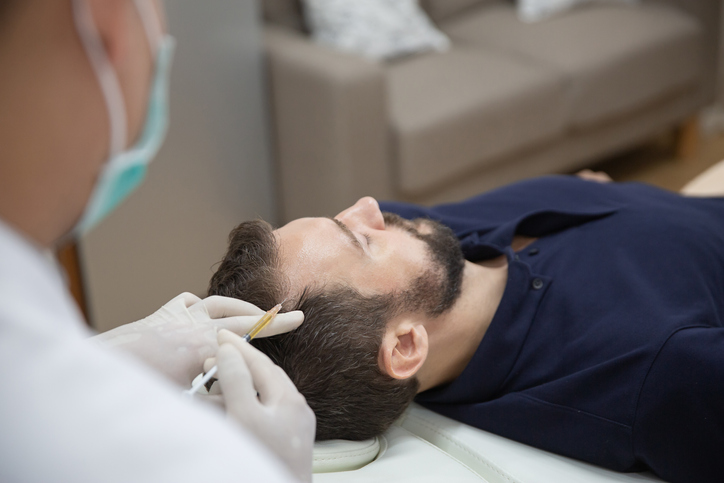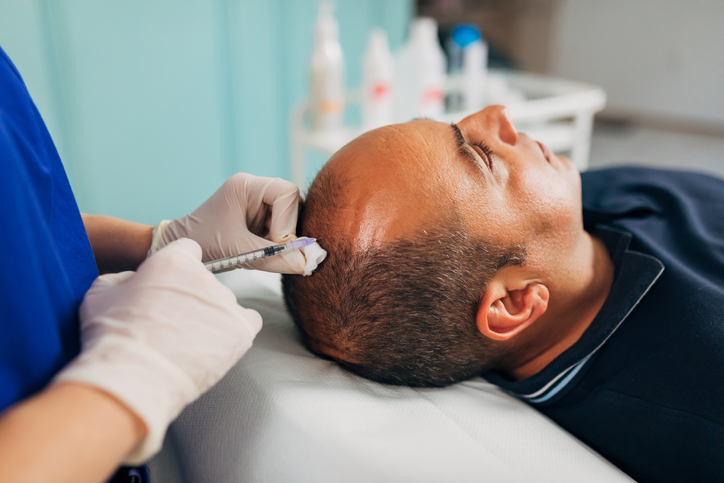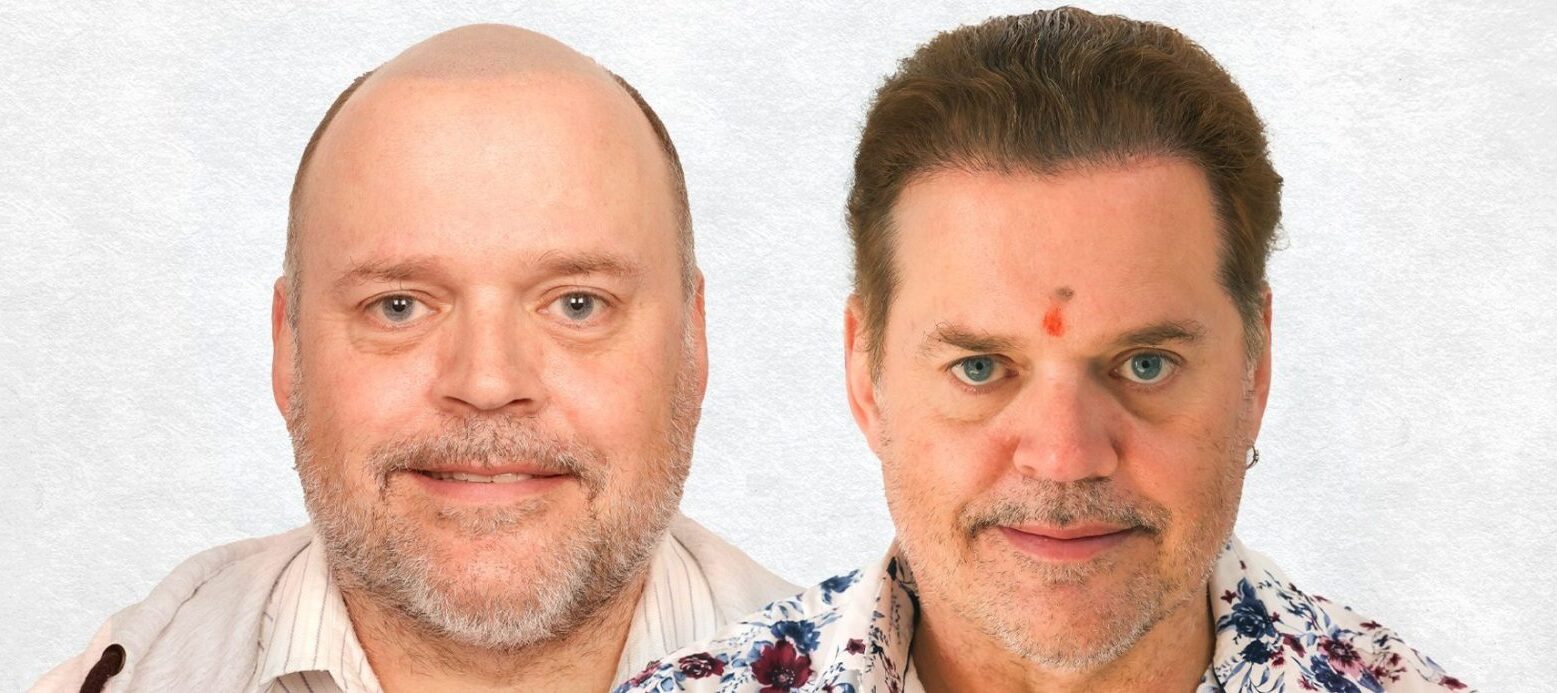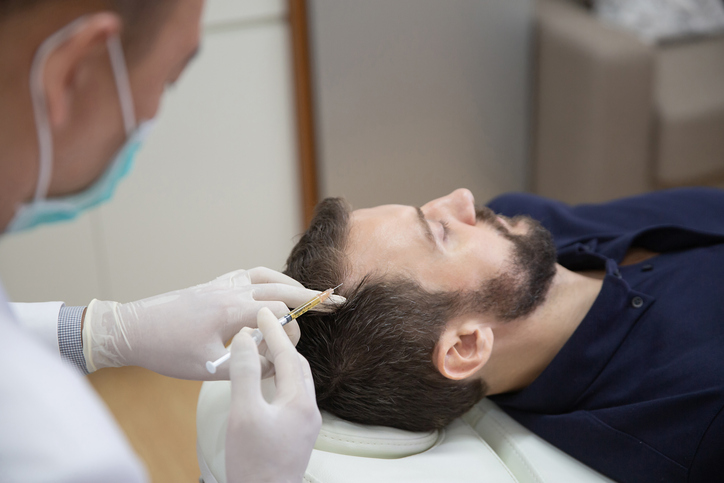Hair loss is a common concern among men, and it can have a significant impact on self-esteem and confidence. Thankfully, advancements in medical technology have provided effective solutions for male hair restoration, with hair transplant procedures leading the way. Hair transplant techniques have evolved over the years, offering men a chance to regain a fuller head of hair. This article will explore some of the most common hair transplant techniques used for male hair restoration.
Follicular Unit Transplantation (FUT): Follicular Unit Transplantation, also known as strip harvesting, is one of the traditional methods of hair transplantation. In this technique, a strip of hair-bearing skin is surgically removed from the back or sides of the scalp, where the hair is usually denser. The strip is then dissected under a microscope into individual follicular units, which are tiny grafts containing one to four hairs. These grafts are carefully transplanted into the areas of the scalp experiencing hair loss. FUT can be an effective technique for patients who require a larger number of grafts.
Follicular Unit Extraction (FUE): Follicular Unit Extraction is a more advanced and minimally invasive hair transplant technique. Instead of removing a strip of scalp, individual follicular units are extracted directly from the donor area using a specialized instrument. The extraction process leaves small, circular scars that are virtually undetectable. This technique is particularly suitable for patients who prefer a shorter recovery period and minimal scarring. FUE allows for more flexibility in the placement of grafts, making it ideal for patients who want to wear their hair short or have limited donor hair available.
Robotic Hair Transplantation: Robotic Hair Transplantation is an innovative approach that combines the precision of robotics with the artistry of hair restoration. This technique involves the use of a robotic system to extract individual follicular units from the donor area. The robotic system identifies and extracts healthy hair follicles with precision and accuracy. After extraction, the surgeon manually creates recipient sites and carefully places the grafts in the desired areas of the scalp. Robotic Hair Transplantation offers precise graft extraction, reducing the risk of damage to the follicles and ensuring optimal results.
Direct Hair Transplant (DHT): Direct Hair Transplantation is a specialized hair transplant technique that allows simultaneous extraction and implantation of the hair grafts, streamlining the transplantation process. With DHT, there is no need for creating recipient sites beforehand, as the implantation is performed immediately after extraction. This technique offers high precision and control over graft placement, resulting in a natural-looking hairline. DHT is suitable for patients who desire a dense and well-defined hairline.
Scalp Micropigmentation (SMP): Scalp Micropigmentation is a non-surgical hair restoration technique that uses micro-needles to deposit pigments into the scalp, simulating the appearance of hair follicles. This technique is particularly beneficial for patients with extensive hair loss who may not have sufficient donor hair for a traditional hair transplant. SMP can create the illusion of a closely shaved head or add density to areas with thinning hair. It is a versatile technique that can be used alone or in conjunction with hair transplant procedures for enhanced results.
Choosing the right hair transplant technique is crucial for achieving natural-looking results. It is recommended to consult with a qualified and experienced hair restoration surgeon who can assess your unique situation and recommend the most suitable hair transplant technique. Factors such as the extent of hair loss, donor hair availability, and personal preferences will all be taken into consideration during the consultation process.
In conclusion, hair transplant techniques have revolutionized male hair restoration, providing effective solutions for hair loss. From traditional methods like FUT to advanced techniques like FUE, robotic transplantation, DHT, and SMP, there are options available to suit individual needs. By consulting with a skilled hair restoration surgeon, men can explore these techniques and embark on a journey towards regaining their confidence and a fuller head of hair.





